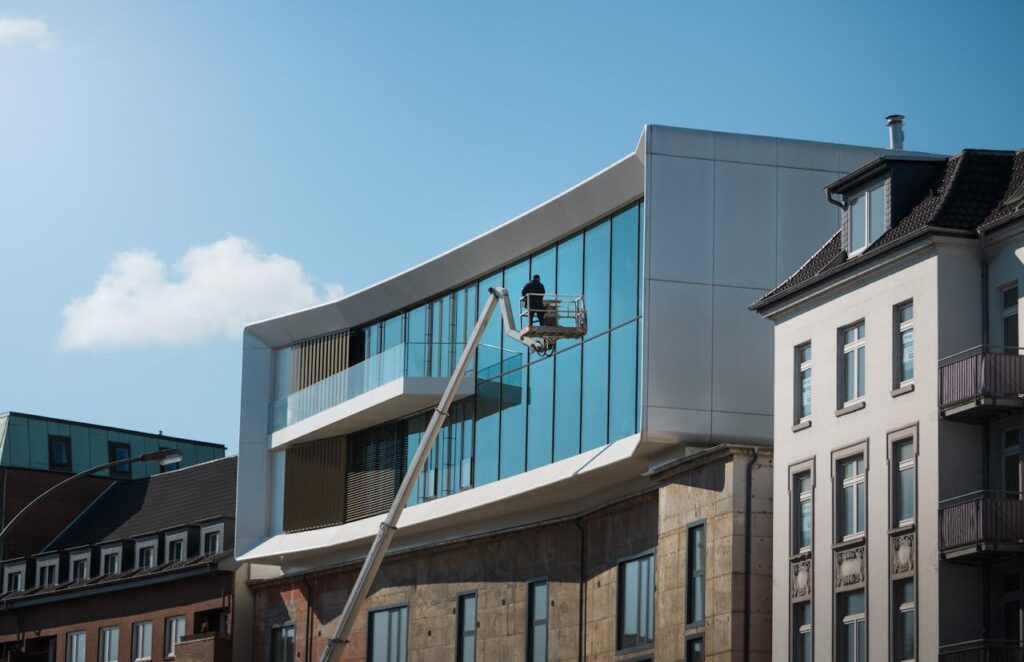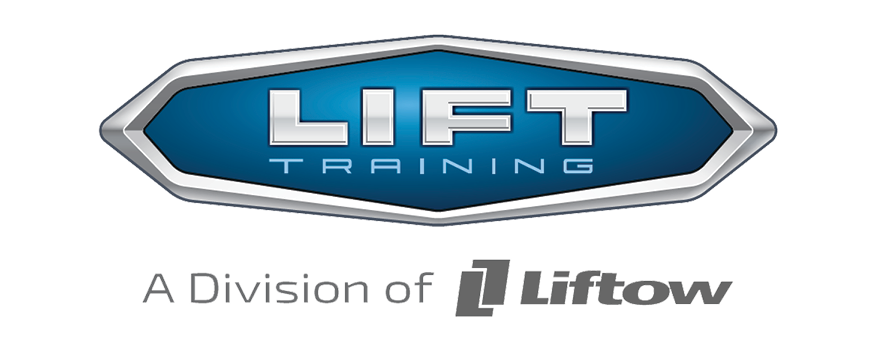
Working with aerial platforms might seem straightforward, but it’s full of challenges that require vigilance and care. Aerial platforms, whether they’re scissor lifts or boom lifts, elevate workers to heights where safety becomes even more important. In Ontario, with its varying industrial backdrop, ensuring safety takes a front seat. Proper training helps mitigate risks associated with using these platforms.
Aerial work platform training is not just about ticking a box; it’s about understanding the machines and the environment where they’re used. Workers in Ontario need to be aware of the common hazards they might face, and training gives them the tools and knowledge to handle their job safely and efficiently. Knowing how to operate these platforms minimizes accidents and promotes a safer workplace.
Understanding Aerial Work Platforms
Aerial work platforms, often seen at construction sites or in large warehouses, are essential for tasks that require reaching high places safely. These platforms come in several types, each designed for specific applications. Here’s a brief overview of the common types you’ll find in Ontario:
– Scissor Lifts: These platforms move vertically and are perfect for jobs that need a stable work surface at height, such as installing lighting or painting large walls.
– Boom Lifts: They offer more flexibility, allowing workers to access tight spots around obstacles with both vertical and horizontal reach.
– Vertical Mast Lifts: Compact and agile, they are well-suited for indoor tasks where space is limited.
Familiarity with these various types is fundamental because using the right platform enhances both safety and productivity. Each type has its unique features and controls, and knowing these can help in selecting the best platform for the job. Understanding the equipment is crucial to minimize errors that could lead to accidents. It’s important to match the platform type to the specific task and environment, ensuring not just task completion but the safety of everyone involved.
Key Risks Associated with Aerial Platforms
Working with aerial platforms involves facing several risks. Understanding these hazards is key to improving safety at job sites. Some of the main dangers include falls, electrocution, and collisions. A fall from a height can happen if safety harnesses aren’t used or if workers lean too far outside the platform’s rails. It’s important to ensure that guards and safety equipment are always used correctly.
Electrocution is another serious risk, especially when working near power lines. Always maintain a safe distance from electrical sources, and keep an eye out for weather conditions that might increase the risk, like rain or strong winds. Workers should be trained to recognize safe working distances and the proper use of insulated tools.
Collisions can lead to severe injuries or equipment damage. These can occur when the platform is moved improperly or without ensuring clear space. Workers must be vigilant and work within designated zones. Spotters can help in guiding platform movements to prevent such incidents.
Best Practices for Reducing Risks
Reducing these risks requires a proactive approach. Regular safety checks and maintenance routines can prevent mechanical failures. Here are some best practices to follow:
– Daily Inspections: Always check the equipment before use. Look for any visible damage, fluid leaks, and ensure all controls are functioning smoothly.
– Clear Work Area: Ensure that the area around the platform is free of obstacles and potential hazards.
– Proper Training: Make sure all operators are trained in both the equipment and the specific site requirements to prevent mistakes that could lead to accidents.
Establishing clear communication and signage around work zones also helps in minimizing accidents. This proactive management of the worksite ensures smooth and safe operation.
The Role of Training in Enhancing Safety
Training plays a big role in creating a safe working environment. It equips workers with the knowledge and confidence to use aerial platforms safely. This involves not just initial training but also regular refresher courses to keep everyone updated on safety protocols and any new equipment advancements.
Continuous learning keeps safety front of mind, and experienced workers often provide practical insights during these sessions. Encouraging a culture of safety through education creates a collaborative work environment, where everyone looks out for potential risks, ensuring that safety becomes a shared responsibility.
Wrapping Up Safe Practices
Safety is a collective effort that starts with understanding and recognizing risks and then actively working to mitigate them. By following proper safety protocols and engaging in comprehensive training programs, workers can perform their tasks efficiently and safely.
Promoting a culture of safety is important for any organization using aerial platforms. It not only safeguards employee health but also optimizes workflow, creating a productive and secure workplace. Employers and employees alike should take these safety measures seriously to protect both lives and equipment.
To make sure your team is fully prepared and confident when working at heights, consider integrating comprehensive aerial work platform training into your safety program. At LIFT Training, we ensure that your employees receive the necessary skills and knowledge to handle these platforms safely and effectively, fostering a culture of safety and productivity.
